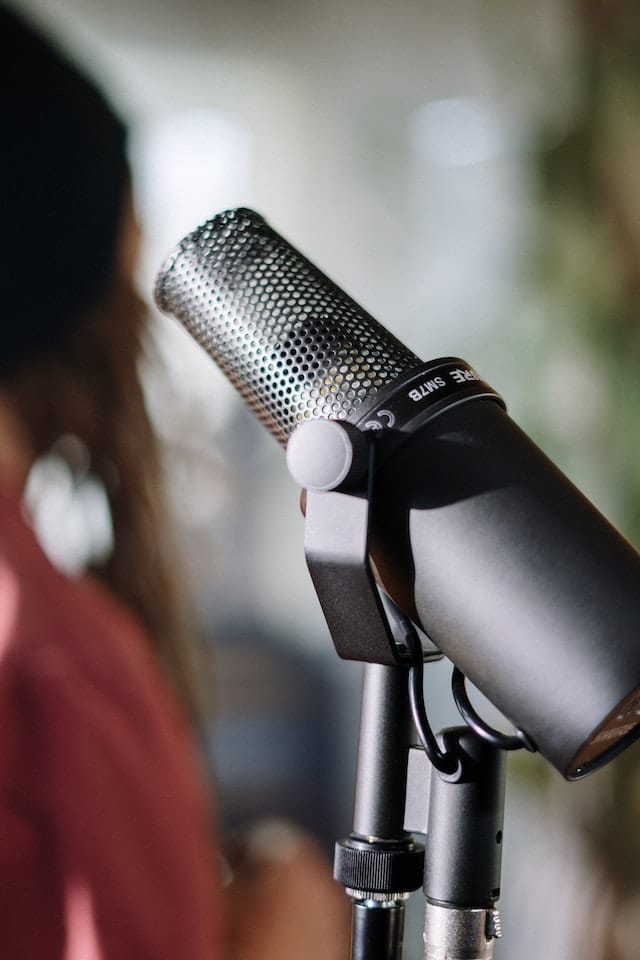
Voice Over Opportunities
There are many voice artists in the world and they work on different projects.
In this topic, we have discussed the various types of voice-over categories on which talents have been worked.
We are explaining what kind of instructions should be followed before recording voice-over auditions that can help you win the specific voice-over job,
as many times you won’t get the recording instructions from the client However voice talent should always ask for the recording instructions this makes a clear understanding of the client’s requirement.
#1 E-Learning
#2 Instructional Video VoiceOvers
#3 Dubbing for films
#4 T V & Radio Commercials
#5 IVR Voice Overs
Now let’s discuss all the voice-over opportunities in detail,
what are the basic things, instructions and tips required to work on every script according to the type of the voice-over project?
E-Learning Voice Over Opportunities
It’s one thing to create a course online and another thing to sell it effectively, when you give eLearning voice-over, you will discover an array of benefits that it attracts.
Such benefits include knowledge retention and a boost in user engagement.
But you can only enjoy these benefits when your voiceover is well developed in terms of pronunciation, modulation,
and pace and it offers real value to the user as well as improving the overall eLearning experience.
Direction: Generally Flat, normal pace, no excitement, less enthusiasm
e-Learning voice sample :
Instructional Video VoiceOvers
Explainer videos are meant to tell your audience exactly what you are offering, how you are providing the service, and how the potential customer can benefit from it.
To do this effectively, you might need a voice-over that sounds instructional as you are guiding someone,
it gives your video a particular mood, personality, and feeling. And what more? It’s far more engaging than other forms of ad campaigns.
But only a professional voice-over artist can make your explainer video a must-watch. Don’t fall for the temptation of using a software voice-over for your explainer video narration.
It’s best to use a real human voice. Of course! , now grab these types of voice over opportunities.
Direction: Soft Spoken, Conversational Style, Not dramatization.
Explainer Voice Sample :
DUBBING: voice over opportunities
Dubbing is popularly applied in filmmaking and video production as a post-production process whereby new recordings are mixed with an original production sound that results in the final soundtrack.
It is done on a dun stage.
Dubbing is usually used to translate foreign language films into local languages.
It’s done by translating the original dialogue to match the lip movement of the actors in the scene.
However, due to its inferiority, viewers prefer subtitles to help them understand the dialogue in foreign films.
Dubbing is sometimes used by filmmakers to correct the effects that occur on synchronized filming (whereby the voices of actors are recorded alongside the photography).
Filmmakers in certain countries use dubbing to provide the soundtrack of an entire film.
Direction: Emotions Parallel to the source video maintaining the video duration and lip movement
Dubbing Sample :
TELEVISION AND RADIO COMMERCIAL: Voice-over opportunities
Television and radio are part of traditional media. The others are the internet, e-magazines, and e-newspapers.
Both are popular means of reaching your target audience quickly.
TV has a broader reach and engagement compared to radio.
It is also known for its unique creativity, but most people dislike it because it is slightly too expensive compared to other forms of traditional advertising.
And radio is viewed as a low-cost means of engaging your audience through commercials. These are still in demand.
Television commercials generally consist of MVO/FVO (Male or Female voice-over) with the voice dubbing of the actors shown in the visuals.
Direction: Emotions Parallel to the source video maintaining the video duration and lip movement,
Commercial Sample :
IVR VOICE OVER
Have you ever participated in an online survey?
you must have heard a voice encouraging you to rate your satisfaction.
Or ever thought of that voice that reminds you of some triggering things at the parking garage or airline?
You have probably heard a sonorous female voice of such several times.
The fact is what you heard was merely an electronic sound favourite called an “interactive voice response” IVR.
It’s a voice used as an automated response system by several businesses to guide their customers so that they won’t miss their way.
Direction: Very Soft spoken, No Suddent Excitement, feels very easy as it has to go with the BG music
Leave a Reply